These airy scones fit in just as nicely at the dinner table as they do on a breakfast tray. Each a floaty savory pillow surrounded by a toasty crust.
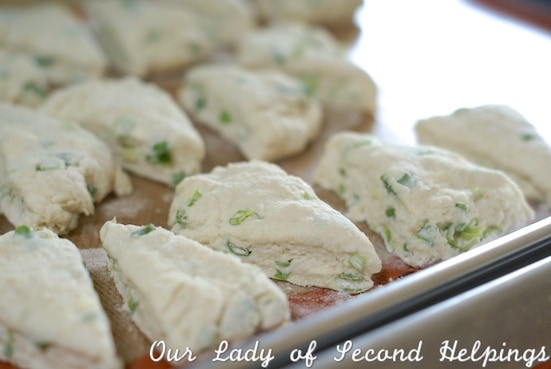
When you stop to think about it there really is magic in the transforming of flour into the vast variety of bread eaten around the globe. Grains, finely ground into powder, are the basis for staple foods in nearly every culture.
From the nearly translucent pancakes of Asian cuisine, the coarse masa of the Americas, or the crusty loaves of Europe's oldest bakeries, we owe much to the versatility of flour.

This is the sort of existential thinking I like to indulge in while baking. The work of baking is tactile and primitive. My mind has time to wander while my hands prepare dough.
These are examples of the thoughts that bounce around in my brain while I work:
- Who first thought to mix flour, water, and salt then place it in close proximity to heat?
- When did we begin to add leavening agents or butter to the dough?
- How would civilization have grown without flour?
- Would more people bake if they knew the velvety smoothness of dough squishing between their fingers or beneath the heels of their palms?
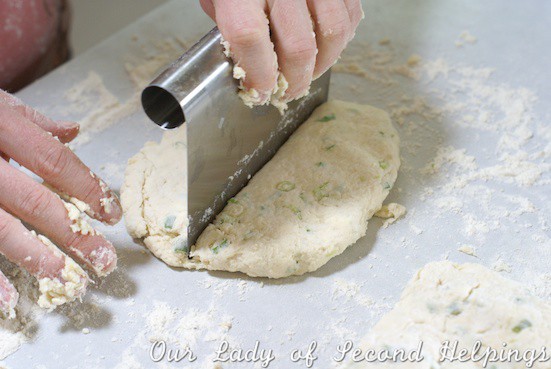
The process of bringing together the ingredients in these scones spread flour across my nose, forearms, and ever swelling pregnant belly. I relish the mess of working a dough with my hands. Forming the dough by hand It isn't entirely necessary but I feel so much more grounded when I have my hands in the process.
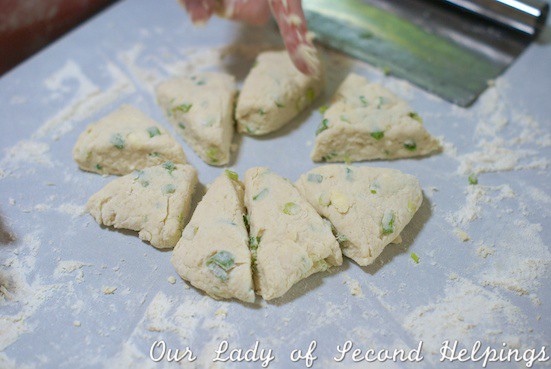
This connection to food is a big part of eating mindfully. Understanding and appreciating the work that went into a meal helps me to slow down and savor each bite and, perhaps, reserve more of the food for another meal. When you make these melt in your mouth scones spend a moment considering the magic within the recipe: Grain to flour - flour to dough - dough to bread - for thousands of generations.
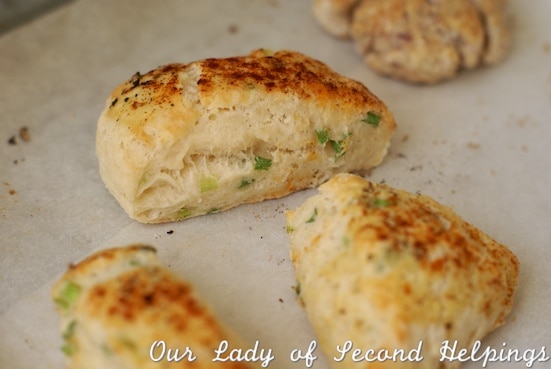
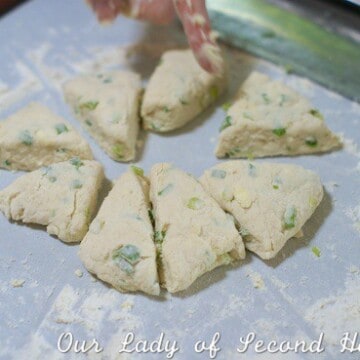
Petite Ricotta and Scallion Scones
Ingredients
- 2 cups unbleached all-purpose flour
- 1 tablespoon baking powder
- ¾ tablespoon granulated sugar
- ½ teaspoon salt
- 5 tablespoons chilled unsalted butter cut into ¼-inch cubes
- ½ cup chopped scallions
- 1 cup ricotta cheese
- ½ cup 1% low fat milk or less
Instructions
- Heat oven to 400 degrees. Line a baking sheet with parchment or a silicon baking mat.
- In a large bowl, combine flour, baking powder, sugar and salt. Use a pastry cutter, a fork, or your fingers to work the butter into the flour until the butter is broken into small pieces and the flour looks like damp sand.
- Fold in scallions and ricotta cheese. Add milk a little at a time (you may not need all of it). Work with a fork or your hands to form a moist, but not wet, dough. If the dough becomes sticky add a pinch or two of flour to even the texture back out.
- Place dough on a smooth floured surface and knead it just enough so it holds together and has a silky surface. Divide the finished dough into two equal size balls. Use a light hand to pat each ball into a 1-inch-thick circle and cut them into 8 equal wedges. Place the scones on the prepared baking sheet.
- If desired: Use a pastry brush to apply a light coating of egg wash to the top of each scone before sprinkling over the sea salt, black pepper and smoked paprika.
- Bake 12-15 minutes or until scones are golden brown and puffy. Allow the scones to cool slightly before serving.
Notes
Optional: sea salt, black pepper and smoked paprika for topping
[private role="author"]Approximate nutrition per scone: 115 calories, 5 g. fat, 14 g. carbohydrates, .5 g fiber, 3.6 g. protein, PP= 3[/private]

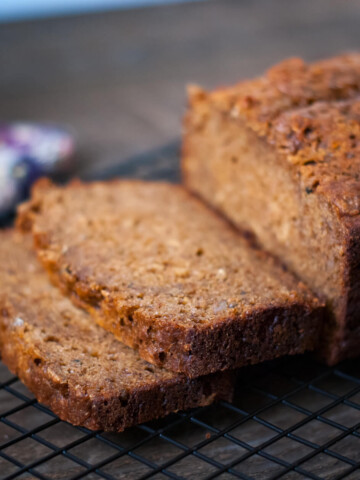

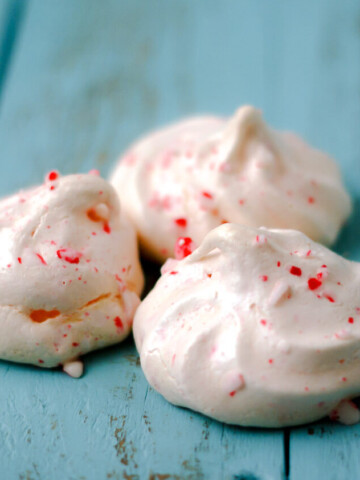
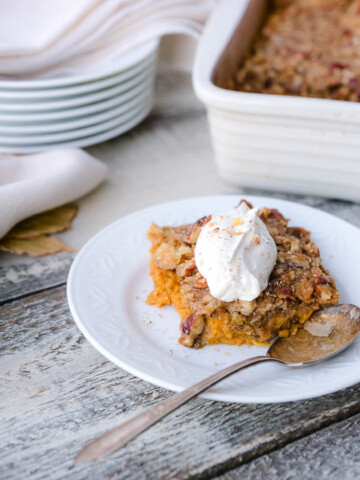
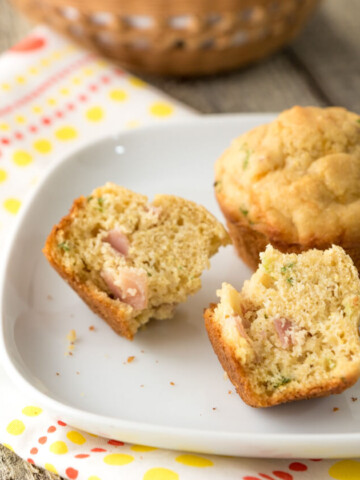

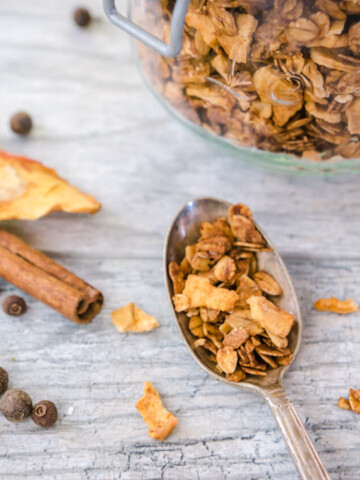
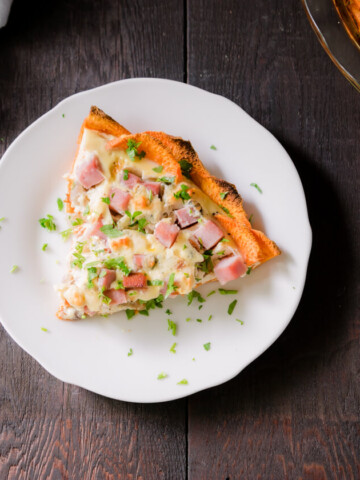
Leave a Reply